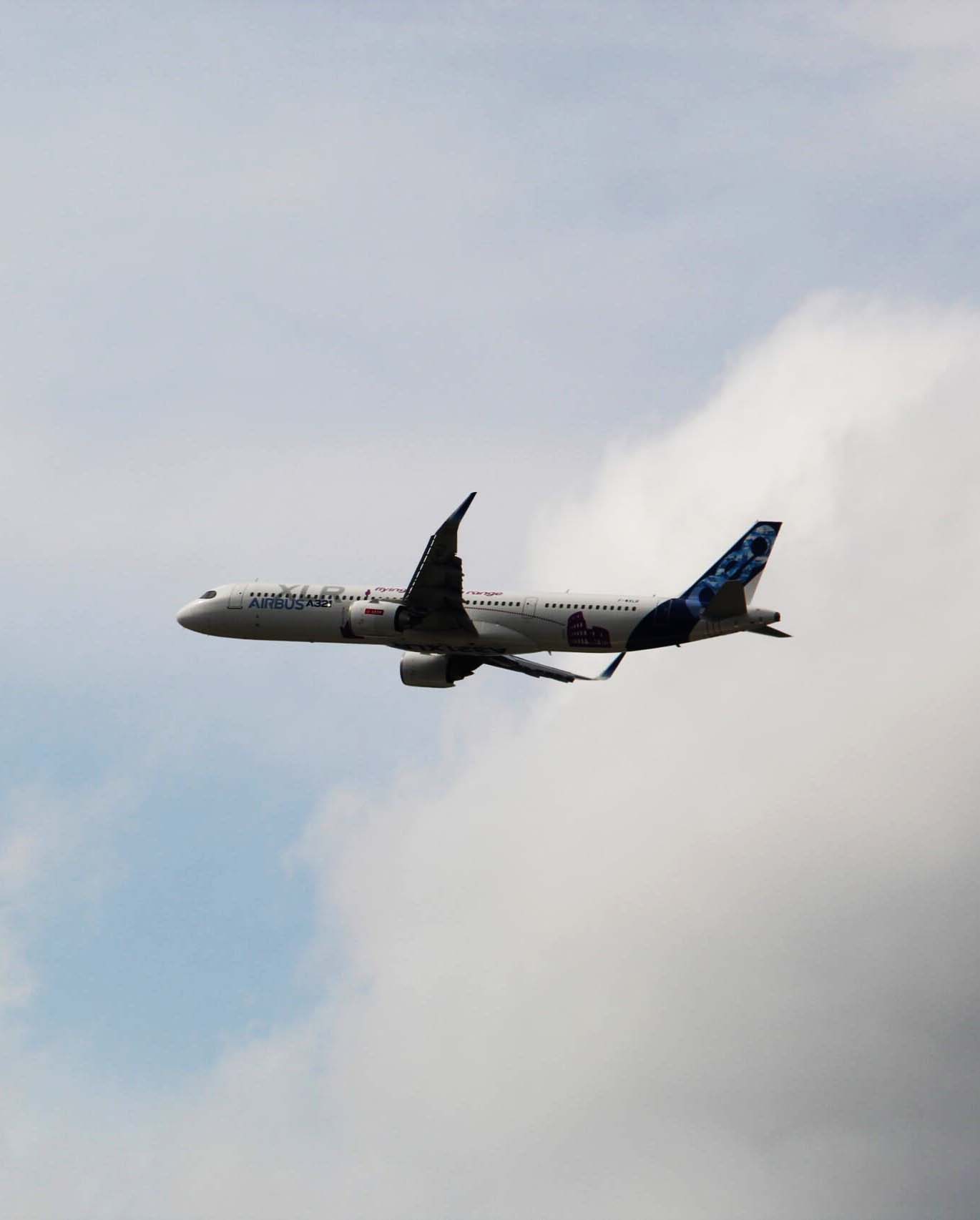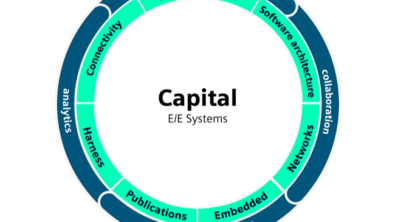Siemens and Airbus take development to new heights at Farnborough airshow

Siemens and Airbus both had a presence at this year’s Farnborough Airshow. It was a testament to the growing interest in digital transformation among aerospace companies. The Siemens chalet at the show was quite busy. The main driver? A surge in demand for solutions that make operations faster and more efficient.
Our discussions with industry leaders at the airshow highlighted the critical role that technologies from Siemens Xcelerator portfolio play in enabling these advancements. These include the Capital™ electrical/electronic (E/E) systems development software.
In January 2022, global leader in aircraft manufacturing Airbus selected Siemens Capital™ E/E systems development software from the Xcelerator portfolio to accelerate the development of their commercial aircraft.
Airbus selected Capital because of the platform’s comprehensive digital thread and open IT architecture, which are critical for integrating the broader engineering enterprise. This seamless integration facilitates a unified design environment, allowing Airbus’s E/E teams to work more efficiently and collaboratively across multiple countries. Capital provides the backbone for E/E systems design and electrical harness engineering, ensuring that Airbus can meet its production targets while maintaining the highest standards of quality and safety.
One of the key contributions of Siemens to Airbus’s success is the advanced digital thread for commercial aircraft electrical design, which provides a seamless connection across various engineering domains. This connection enables real-time data sharing, enhanced collaboration and optimized workflows. Using the digital thread, manufacturers like Airbus can significantly accelerate product development, improve first-time-right quality and streamline supply chain integration – ultimately reducing complexity and increasing efficiency in the production of commercial aircraft.
With Siemens’ Capital helping to streamline product development, Airbus is geared up for several significant launches that are set to make a major impact on the aerospace industry. One of the most anticipated events is the entry-into-service of the A321XLR.
A key addition to the A320 family, the A321XLR is a single-aisle aircraft that’s designed to meet market demands for increased range and payload, with a range of up to 4,700 nautical miles and 30% lower fuel consumption than previous next-generation aircraft.
Additionally, Airbus is focused on ramping the production rate of its A320 family to an impressive 75 aircraft per month.
The ZEROe Project and Sustainable Aviation
Our collaboration with Airbus extends beyond current production goals. We are also working together to ready the digital thread for future programs, such as the revolutionary Propulsion of Tomorrow project which is part of ZeroE initiative.
Airbus’s ZEROe initiative is at the forefront of sustainable aviation, exploring innovative propulsion technologies like hydrogen combustion and hydrogen fuel cells. These advancements represent a significant step towards Airbus’s goal of bringing the world’s first hydrogen-powered commercial aircraft to market.
The ZEROe project highlights Airbus’s commitment to decarbonization and sustainability, and Siemens is proud to play a role in this endeavor. This collaboration not only strengthens our partnership with Airbus but also underscores Siemens’ dedication to advancing sustainable technologies in the aerospace industry.
Our Commitment to Progress
At Siemens, we believe innovation and sustainability are inseparable, a philosophy exemplified by our collaboration with Airbus. Through advanced tools like Capital, we’re shaping a more efficient, sustainable and resilient future for aviation, helping Airbus reduce complexity, lower risk and boost productivity as the industry recovers from unprecedented challenges. We’re excited to continue this partnership, pushing the boundaries of aviation and paving the way for the next generation of transformative aircraft.
Stay tuned as we continue to collaborate on groundbreaking initiatives that will shape the future of flight.


